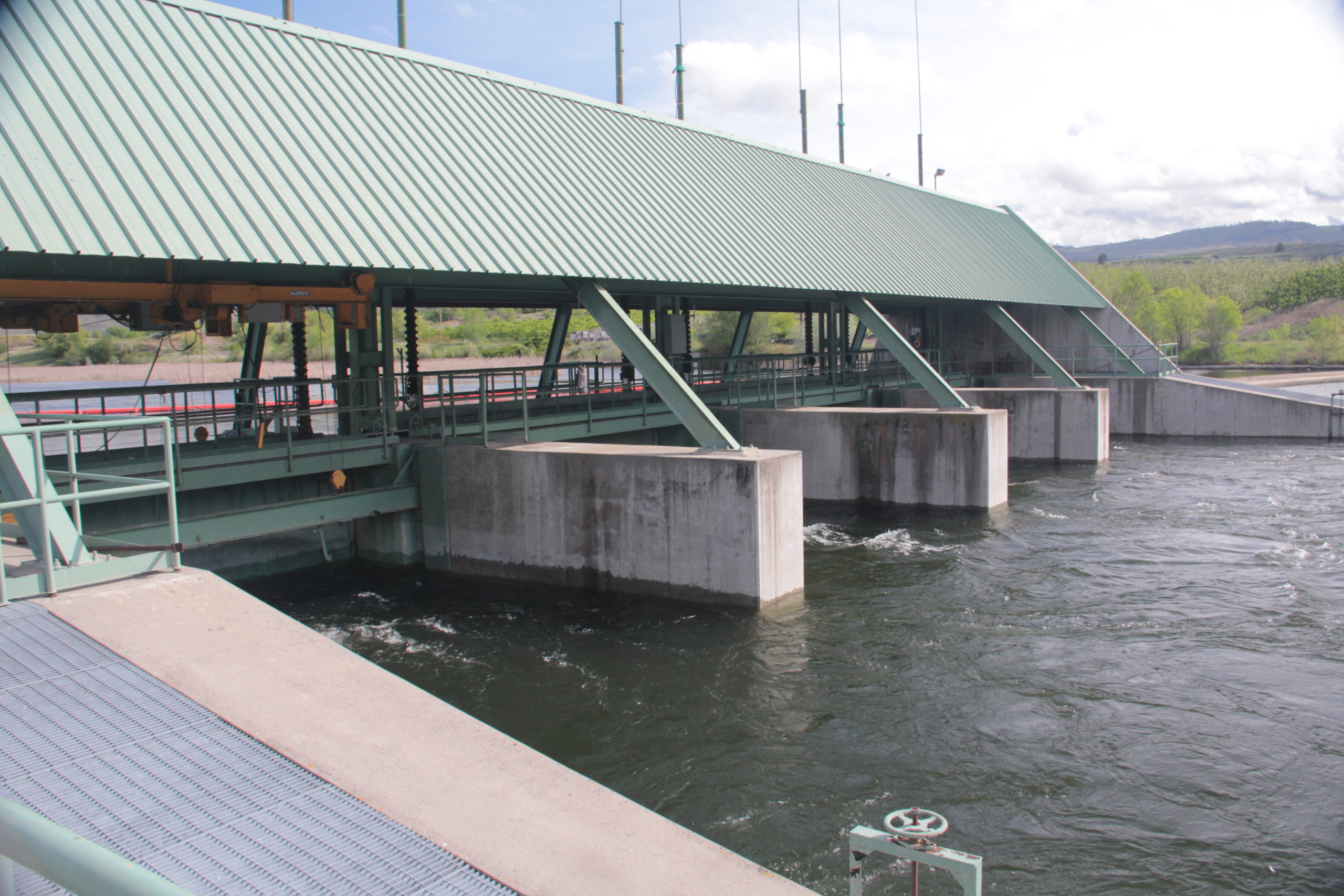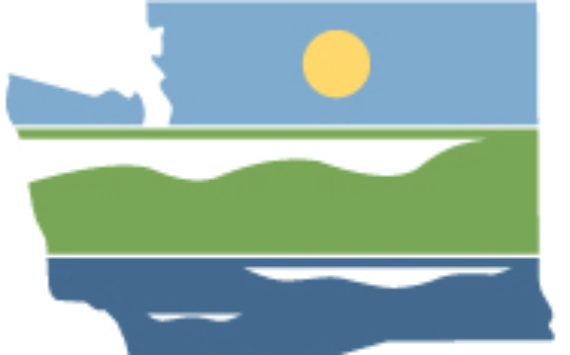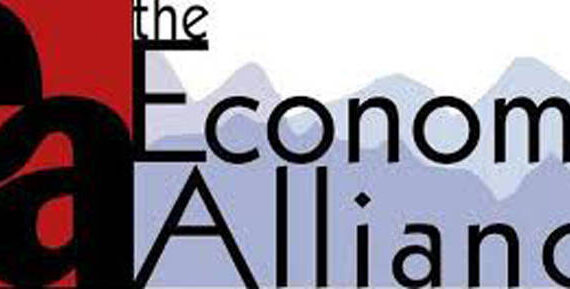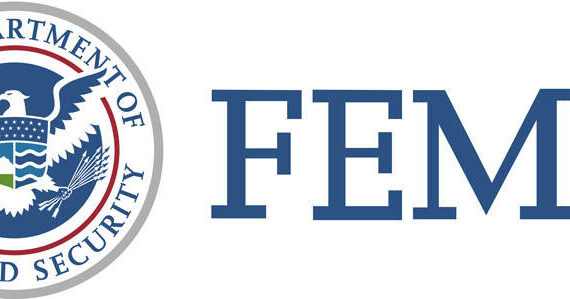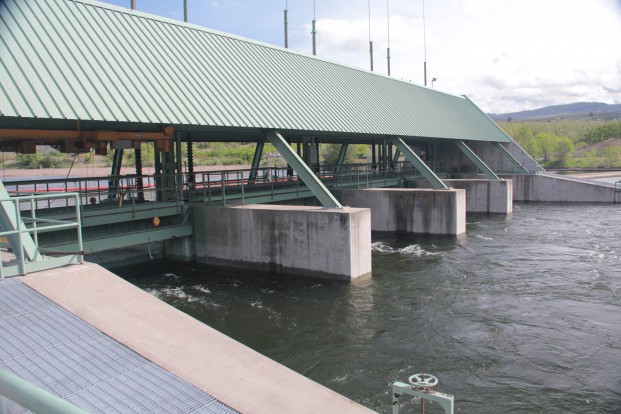

Zosel Dam is used by the Washington State Department of Ecology to regulate the water level in Osoyoos Lake. When spring runoff swells the Similkameen River it can back up the Okanogan River from the point where the two rivers join at the confluence just south of Oroville. This causes the Okanogan to rise to the point the dam can not control the flow as it reverses northward.
Abundant spring snowmelt causing high water across region
OROVILLE – Water levels in Osoyoos Lake are rising as heavy snowpack in central British Columbia begins to melt. During the runoff season, the lake can rise sharply and cause downstream rivers to flow more swiftly, according to the state Department of Ecology.
Lake Osoyoos is fed by Canada’s Okanagan Lake to the north. Lake levels are regulated at Zosel Dam by Ecology, below Oroville. Making room for rapid snow melt in the upper watershed puts pressure on Lake Osoyoos.
In addition, water can back up to Zosel Dam where the much larger Similkameen River joins the Okanogan River. This makes it difficult to rapidly release water from Lake Osoyoos at the dam, said Al Josephy with Ecology’s Water Resources program. Gates at Zosel Dam are currently wide open to allow the runoff to go down the Okanogan River.
“When runoff is high throughout the system and the Zosel Dam gates are wide open, the lake must seek its own level,” Josephy said. “When lake levels return to normal, we can regulate flows at the dam through the summer and into the fall and winter.”
With greater than 100-percent-of-average snow levels reported in all watersheds in the region, Ecology intends to manage to the usual summer target level at the lake, which is between 911.5 and 912 feet from May 1 to Sept. 15.
“During spring runoff, the lake often rises beyond 913 feet, and has reached as high as 915 feet, though rarely,” Josephy said. “This can cause inconvenience and occasional flooding to property owners along the lake and down to the site of the dam itself.”
Lake levels are mandated by the International Joint Commission (IJC), a board made up of representatives from the United States and Canada. Osoyoos Lake is a source of irrigation water and summer recreation in both the U.S. and Canada.
Further information can be found at the following weblinks.
International Osoyoos Lake Board of Control:
http://ijc.org/en_/iolbc/Lake_Level_Status_and_Trends
Osoyoos Lake International Water Control Structure – Zosel Dam:
